Everyone knows that data is valuable — as long as it’s of high quality. At many companies, that’s sadly not the case. There can be errors lurking in your digital information, and those errors can cause you to make bad decisions.
However, there’s a way to improve your data quality (as well as your decisions) – the answer lies in machine learning. Read on to discover how to apply machine learning to your existing stores of information to find and correct errors and omissions.
What is machine learning?
Machine learning is a branch of artificial intelligence. Artificial intelligence, as the name implies, is the simulation of human intelligence by a machine. AI involves learning, reasoning, and self-correction.
How do machines learn? They’re exposed to sets of information. Without being explicitly programmed to do so, computers draw conclusions from that information, and then apply those conclusions to similar situations.
What is data quality?
Data quality refers to how suitable information is for use. If information isn’t suitable, you won’t be able to make the right decisions.
What determines data quality? There are several factors, including accuracy, completeness, reliability, relevance, and timeliness. If there’s a factor that is missing or is lower than other factors, your data quality won’t be very high.
How can machine learning improve data quality?
Machine learning has an important role to play in data quality. We’ll illustrate with an example.
Let’s say a large bank deals with TD Financial. Sometimes, TD Financial is written as “TD,” “TD Financial,” or, rarely, “Toronto Dominion Financial” in official records. The time has come to reconcile all of these entries, though managers agree the task is labor-intensive as well as tedious. Moreover, if a human were to carry out this job, he or she might miss an entry.
This is where machine learning comes in. A computer program can scan all of the bank’s information in a matter of hours, and then deliver a report that shows how many times the variations of TD Financial shows up. With this information, the bank can get a sense of its exposure to TD Financial.
What happens if there are some mistakes in the scan – for example, the computer program brings back false positives? The machine learns from its errors; once it receives feedback, it incorporates the corrections into its memory. It will apply those rules to the next data set it reviews.
The incredible thing about machine learning is that it’s always getting better. A machine will learn much faster than a human will. Moreover, a machine will work much faster than a human being. Machine learning works so quickly that computers can perform jobs at speeds that used to be considered impossible.
Data quality is crucial to today’s enterprise – you simply can’t make good decisions without it. Machine learning allows you to improve data quality quickly and efficiently. To learn more, read our eBook: 4 Ways to Measure Data Quality







